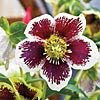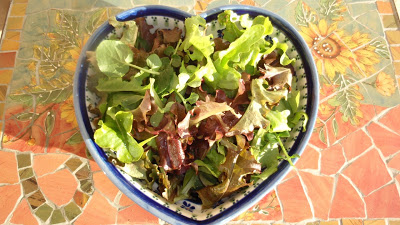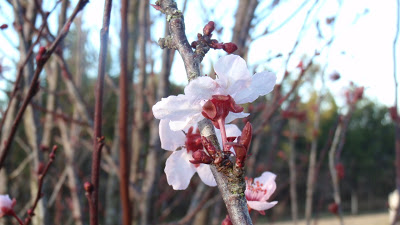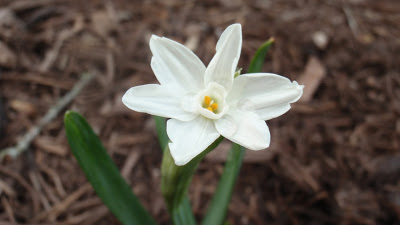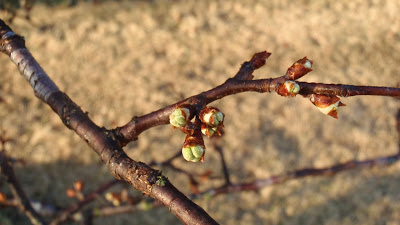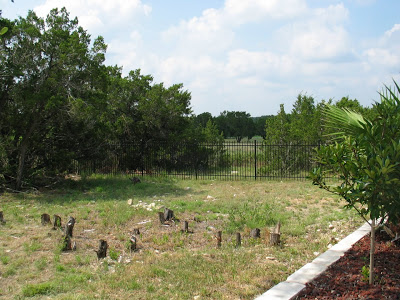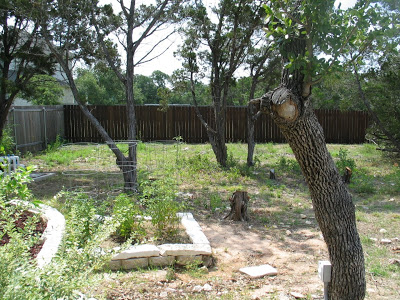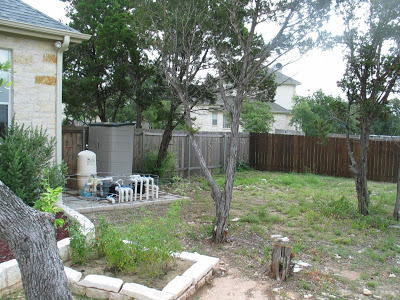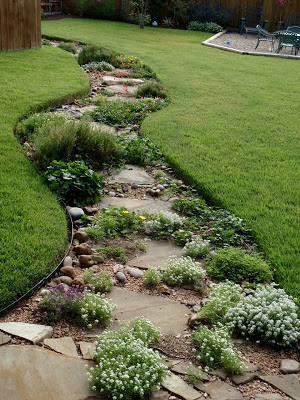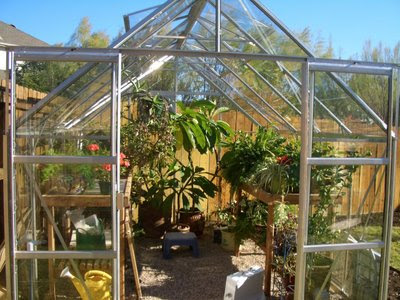Teensy-weensy seedlings…
I planted 9 pots with seeds on Saturday. Yes, Saturday. That’s 4 days ago.
And this morning when I went into the greenhouse, 5, count ’em, 5, of the pots had seedlings in them.
YAY.
Here’s who’s up:
Lemongrass
Lima Beans
Yellow Pear Tomatoes
Dr. Wyche’s Yellow Tomatillos
Spacemaster Cucumbers
I’ve never had seedlings come up this fast. And it’s the first time I used a heat mat from Gardeners Supply Company under them at night and it seems to have made all the difference. I’ll have to go out there and plant some more things! I have a second mat I haven’t put to use yet.
 The ever-bearing strawberries are ever bearing! There are blooms all over the plants.
The ever-bearing strawberries are ever bearing! There are blooms all over the plants. And my little Ice Plant was smiling at me from the back rock path with its sunny little bloom today.
And my little Ice Plant was smiling at me from the back rock path with its sunny little bloom today.






